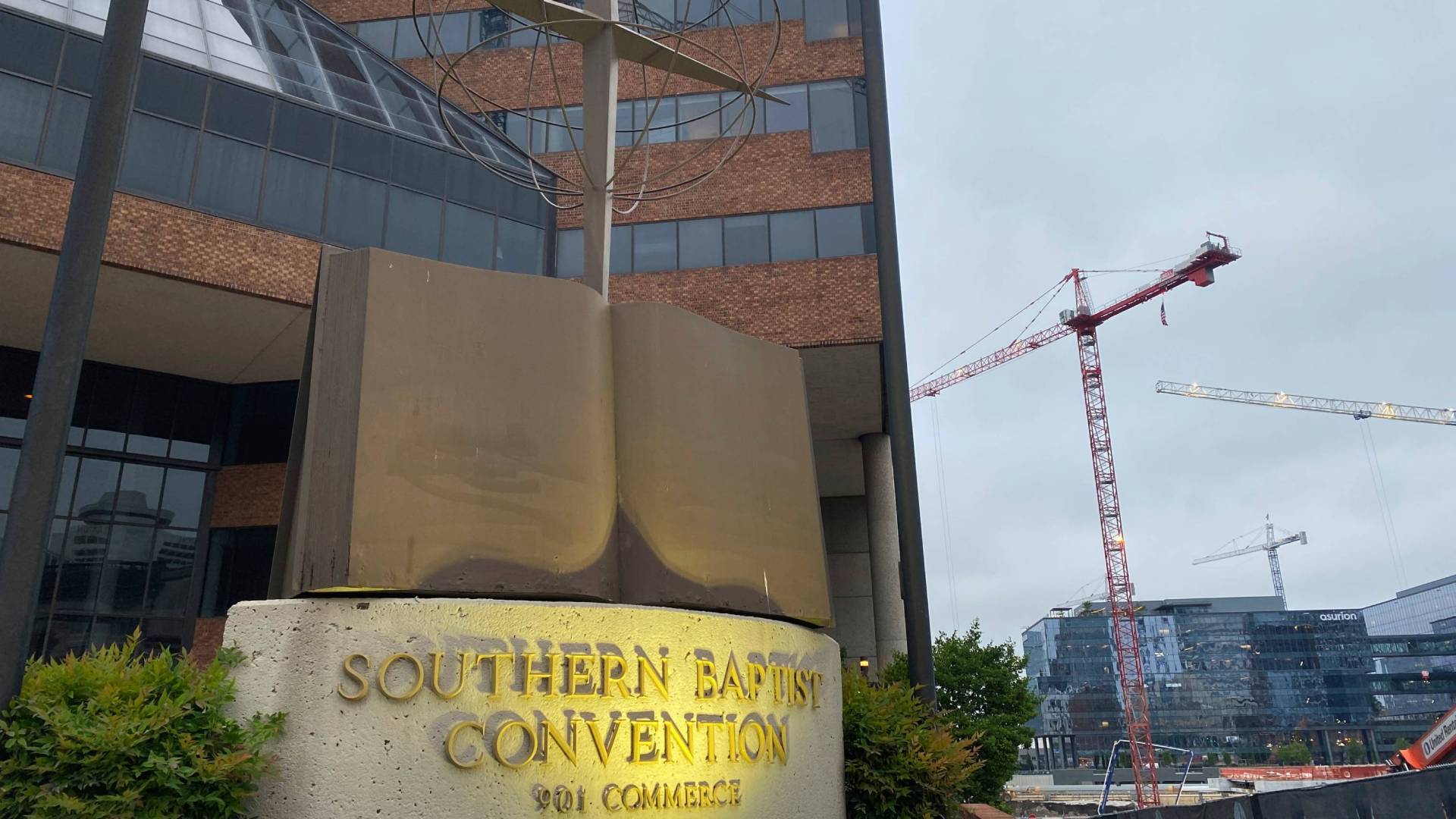A drug abuse crisis is raging in Zimbabwe, with experts and medics warning that a staggering 57 percent of Zimbabwe’s youth are involved with illicit drugs, from cocaine and ecstasy to tainted cough syrup and illegally brewed beers.
The church hasn’t been spared, and many leaders say they’re unsure how to respond.
“At first, ten years ago, we would suspend church youths dabbling in cocaine or ecstasy pills or illicit whiskies, intimidating them with Bible verses,” said Benny Guyo, a pastor with the United Baptist Church of Zimbabwe in Harare. “Now, we try to dialogue with them and get them help. If not, we will lose half the congregation.”
There’s a sense of hopelessness among Zimbabwe’s young people. They struggle to see prospects in a country with the highest inflation in the world and staggering unemployment.
Most of the population is under 25, and 41 percent of them are looking for a job, according to an Afrobarometer survey released in late 2023. Trade unionists say this is a conservative figure; real unemployment could be double that.
In this cultural climate, drugs have taken off. Transnational networks, shipping contraband from Asia or South America, are supplying Zimbabwe’s streets, taking with them lucrative profits but leaving behind public health issues and societal devastation.
“It’s mayhem: illicit powders, drinks, pills, or cigarettes,” said Tynos Magombedze, a retired Adventist pastor and now an anti-corruption activist in Bulawayo, the country’s second-largest city.
When the illicit drugs problem began around 2013, schools and prisons tried to suppress it. “Headmasters were empowered to beat errant youths as some sort of discipline,” said Magombedze. “Prison officers would round up street dealers and users of cannabis or ecstasy.”
Churches in Zimbabwe tend to be quite conservative, so they watched from the sidelines, deferring the drug abuse issue to other institutions. In a few circumstances when drug users were identified in churches, the default option was to rebuke, suspend, or expel worshipers who were battling addictions.
“We were acting holier-than-thou, closing our eyes, pretending drugs don’t exist in churches,” said Guyo.
But over the past decade, the crisis has overpowered police, prisons, and schools and has overflowed into churches.
“The drug menace has landed at our pulpits,” said church elder Josini Moyo.
It may have been there all along. Churches had largely failed to see that their youth, and in some instances their pastors too, had been battling addictions.
In townships and affluent suburbs, churches from large denominations, such as Anglican and Catholic churches, typically displayed inspirational Christian verses or Sunday service times. Now, they have signs on or near their churches with messages like “Drugs Kill All Dreams,” “Resist the Scourge of Drugs,” and even “Drugs Are the Antichrist.”
“A new urgency has arrived,” said Moyo, who serves at Zion Christian Church (ZCC) in Zimbabwe. The biggest African-initiated church in the country, ZCC doesn’t belong to the Evangelical Fellowship of Zimbabwe or the Zimbabwe Council of Churches.
Across traditions and denominations, Zimbabwe’s churches have been thrust into unfamiliar territory by the drug crisis.
In addition to erecting antidrug billboards on church gates, they’re tweaking some youth worship meetings and repurposing them as drug counseling workshops, introducing drug messaging in Sunday services, and welcoming back suspended members who are battling addictions or have undergone recovery.
“I thank the church for making a U-turn,” said Ashlee Gutu, 33, pastor of the Jekenisheni Church in Zimbabwe.
Five years ago, Gutu lost his marriage, finances, and job as a pastor when his addiction to ecstasy pills and crystal methamphetamine (called mutoriro in Zimbabwe) threw him off course. The church suspended him for one year.
Jekenisheni Church began informally in the 1920s and is one of the oldest indigenous Apostolic churches across the country and in neighboring Mozambique. It has been largely detached from older Western denominations as well as Zimbabwe’s urban, post-colonial evangelicals.
But while battling addiction on the sidelines, Gutu says he met several elders of his church and other denominations who secretly confided in him that they too were fighting addictions to cannabis or alcohol.
“They were Anglicans, Adventists, Pentecostals, Methodists, everyone you can think of,” he added.
When Gutu agreed to go to a trial rehab program that the Jekenisheni Church had established in alliance with private medical counselors and therapists, Gutu’s life improved.
His church started refer congregants and pastors who were battling addictions to therapy, with the church paying the participating counselors and doctors. The in-house therapy program has worked with 40 congregants battling addictions in the past two years, and 25 of them have beat their problems, he said.
Other Christian networks are also active against the country’s drug abuse epidemic. For example, in May in Chitungwiza (the most populous township of the capital), the Evangelical Fellowship of Zimbabwe (EFZ), together with Teen Rescue Mission (TRM), hosted community outreach meetings and anti-drug prayer weeks as a way of confronting the pandemic.
“We have instructed pastors in our networks to visit schools and public markets and teach teenagers about the linked troubles of drug abuse, teen pregnancies, and school dropout. We are meeting troubled youths who want to be directed to accessible rehabilitation programs. In a few years, our efforts should bear fruit in the antidrug fight,” said Dino Matsika, a youth outreach coordinator with the EFZ.
Despite the surge in illicit drug abuse, the country’s struggling public health care system simply has no money for therapy. Compared to urgent issues of infectious diseases (tuberculosis, HIV, malaria), the illicit drug abuse menace is seen as a lesser priority. It doesn’t help that, according to a Lancet medical survey, Zimbabwe only has 17 registered psychiatrists in a country with a population of 15 million.
“A realistic way to beat this is for churches to stand loud on the pulpit and band together with police, schools, NGOs, government, and parents, and steer youths from drugs,” said Guyo. “We must not work in silos.”



















































